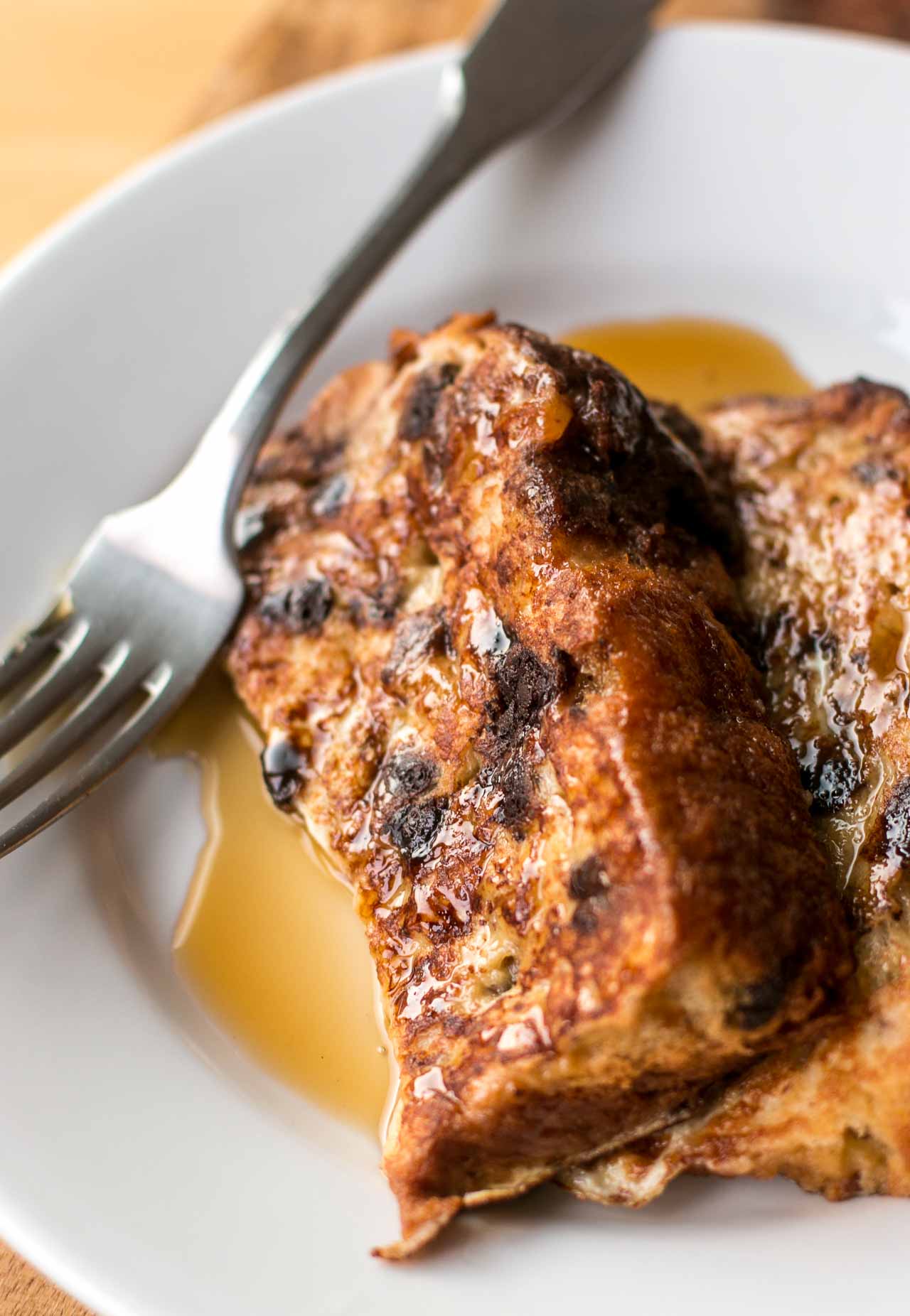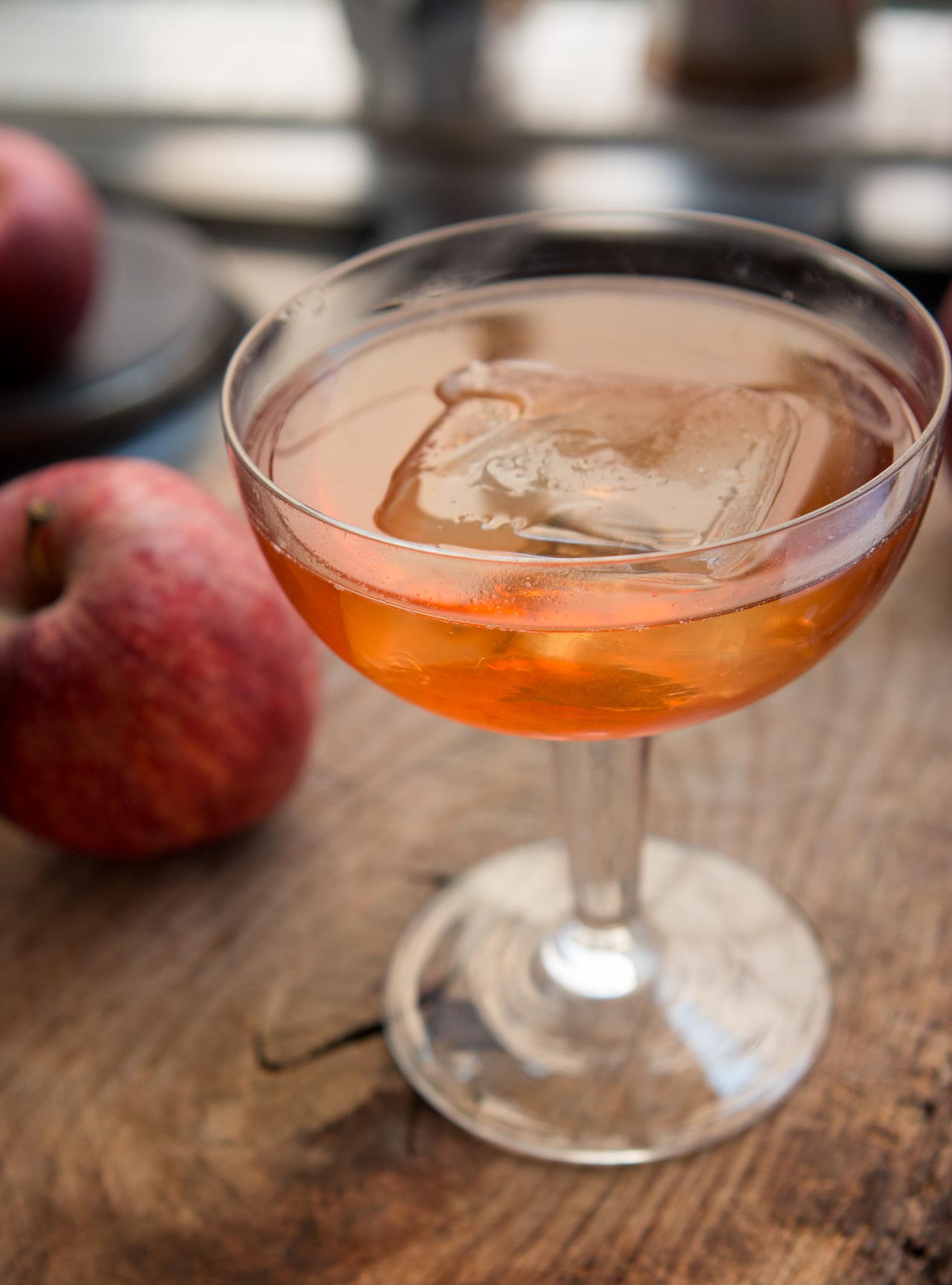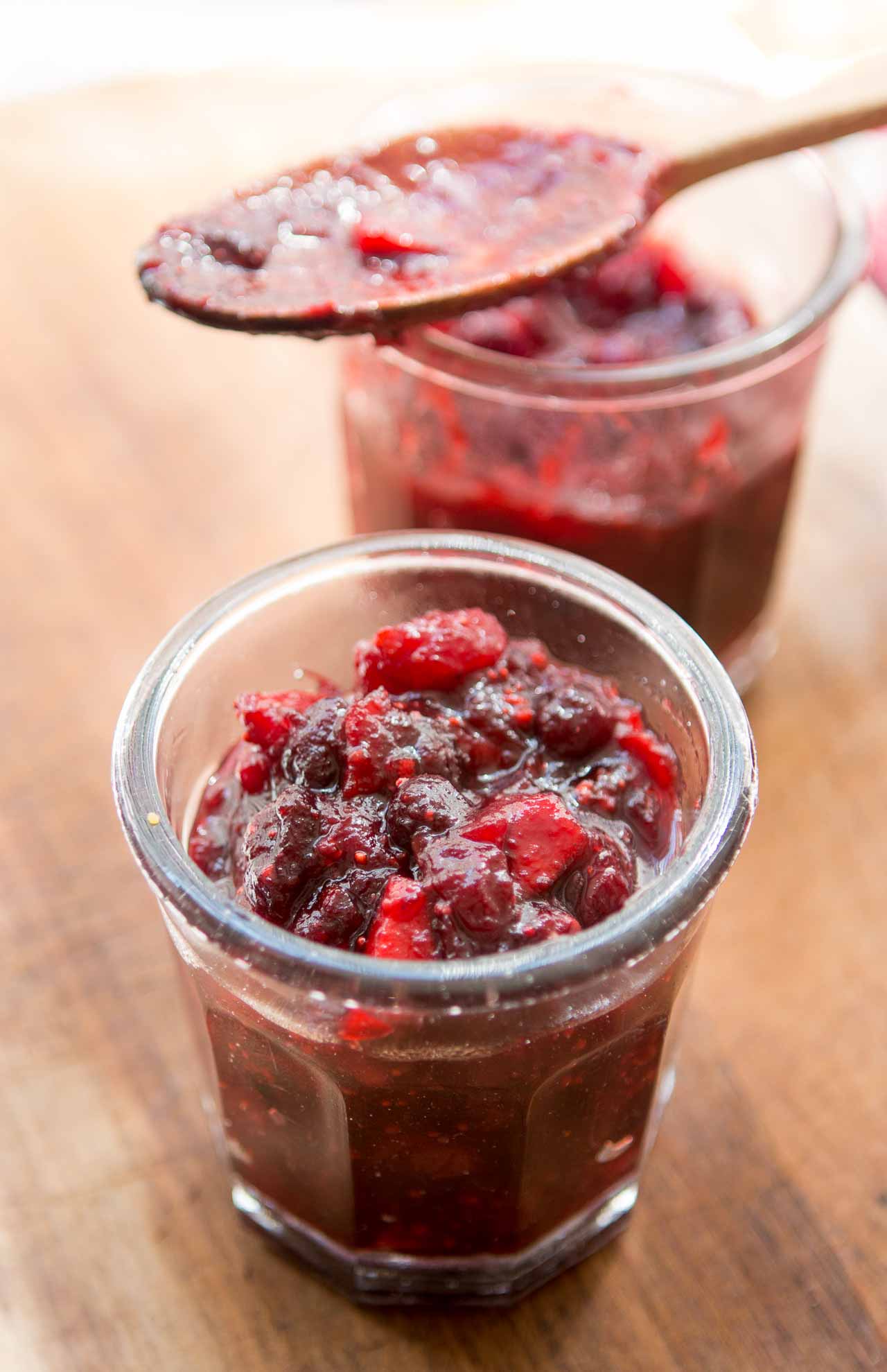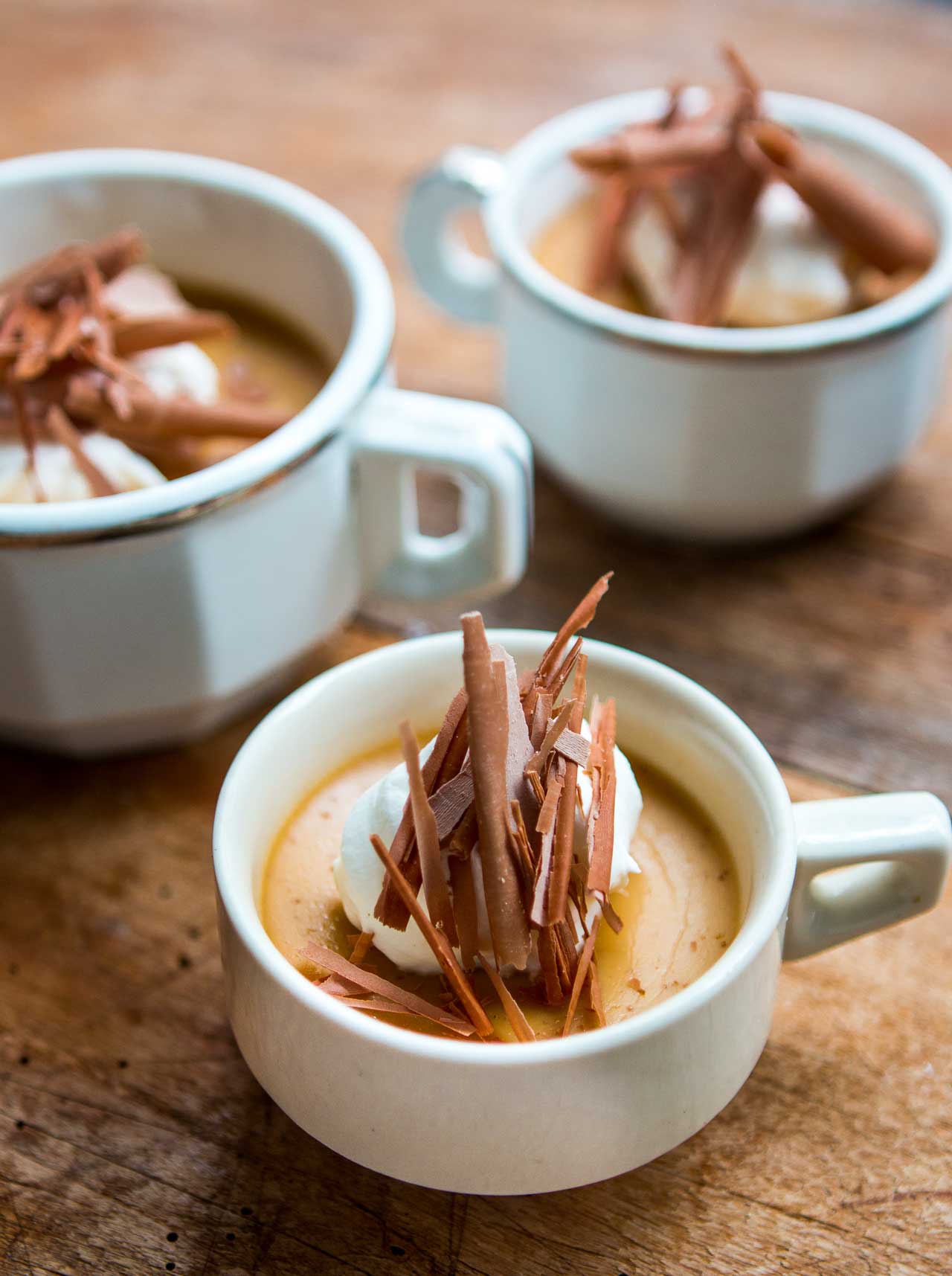Tropical Fruit Soup Recipe
Have you ever tasted passion fruit?
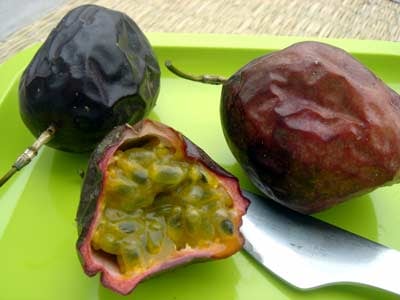
If not, I suggest you do as soon as possible since now is their primary season in many parts of the world. If it’s your first taste of this amazing fruit, you’re in for a real treat. Slice one in half and spoon the seeds and pulp right into your mouth. That explosion of flavor is indescribable; a melange of every other tropical flavor that exists, all in one tidy purple orb.
There’s many different kinds of passion fruit. If you live in Hawaii, you’ll find brilliant-yellow lilikoi which grow prolifically everywhere, and in the southern hemisphere, there’s maricuja, which are large, russet-colored passion fruits. But most of the time you see Passiflora edulis, dark violet fruits, and the best tasting of them all. When sliced open, they reveal crunchy seeds and thick, luscious, fragrant pulp. But just in case you think this fruit was given the name ‘passion’ because of the lovely flavor, the name actually refers to the flower of the vine, which is said to tell the story of the Passion Play with it’s multiple tendrils and stamens.
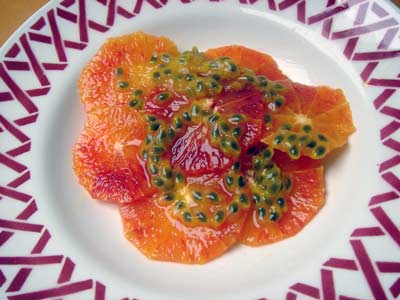
When buying passion fruit, unless you’re lucky enough to live in a climate where they’re abundant, they’re likely to be pricey (depending on the season.) Fortunately a little goes a long way: the pulp and seeds of one or two fruits will assert it’s powerful flavor into a cake, sorbet, or tropical beverage (with a shot or two of dark rum!)
Buy fruits when they’re inexpensive and freeze the pulp and seeds together. It freezes beautifully.
Don’t be put off by punky-looking fruits. Lots of wrinkles means they’re very ripe and at their peak. (I’ve found perfectly wonderful passion fruits in produce bargain bins, since people pass them over.) Signs of mold, however, usually means they’re too far gone and I’d take a pass on ’em too.
If you’re making a beverage and wish to use just the pulp, slice your passion fruits in half and spoon the pulp into a non-reactive strainer set over a bowl. Use a flexible rubber spatula to force the pulp through the strainer, then discard the seeds. With a little searching, you can find pure frozen passion fruit pulp if you search though Asian markets or places that specialize in tropical products.
Tropical Fruit Soup with Passion Fruit
4 servings
Use whatever combination of tropical fruits you like or follow my suggestions. This is a fun chance to visit your nearest ethnic market and experiment with any unusual fruit you might find there. Don’t be put off if the soup base tastes strangely spicy by itself. Combined with the tropical fruits, the flavors work. Chill the serving bowls in advance so everything stays refreshingly icy-cold.
The soup base:
1 3/4 cups water
1/2 cup sugar
1 small cinnamon stick
1 star anise
4 whole cloves
4 black peppercorns
1/4 vanilla bean, split lengthwise
Zest of 1 orange
1 piece lemongrass, 2 inches long, sliced (use the white part from the root end)
2 thin slices fresh ginger
2 teaspoons dark rum
The assembly:
6 kumquats, sliced and seeded
1 kiwi, peeled and diced
1 basket strawberries, sliced
2 blood oranges, peeled and sectioned
1 mango, peeled and diced
1/4 pineapple, diced
1 banana
2 passion fruit, pulp and seeds
Sugar, if necessary
Fresh mint to garnish
1. To make the soup base, bring the water and sugar to a boil. Coarsely crush the cinnamon, star anise, cloves, and black peppercorns in a mortar, or put them in a plastic bag and crush them with a rolling pin or a hammer. Add the spices to the water then add the vanilla bean, orange zest, lemongrass, and ginger. Cover the pan, and steep for 1 hour.
2. Strain the soup base and discard the flavorings. Add the rum and chill thoroughly.
3. Toss all the prepared fruits together in a bowl. Taste for sweetness, and add a sprinkling of sugar if they’re too tart.
4. Divide the fruits into four wide soup bowls and ladle the chilled soup base over them.
5. Tear some mint leaves into tiny pieces and scatter them over the soup. Place a scoop of a favorite tropical fruit sherbet in the center.










